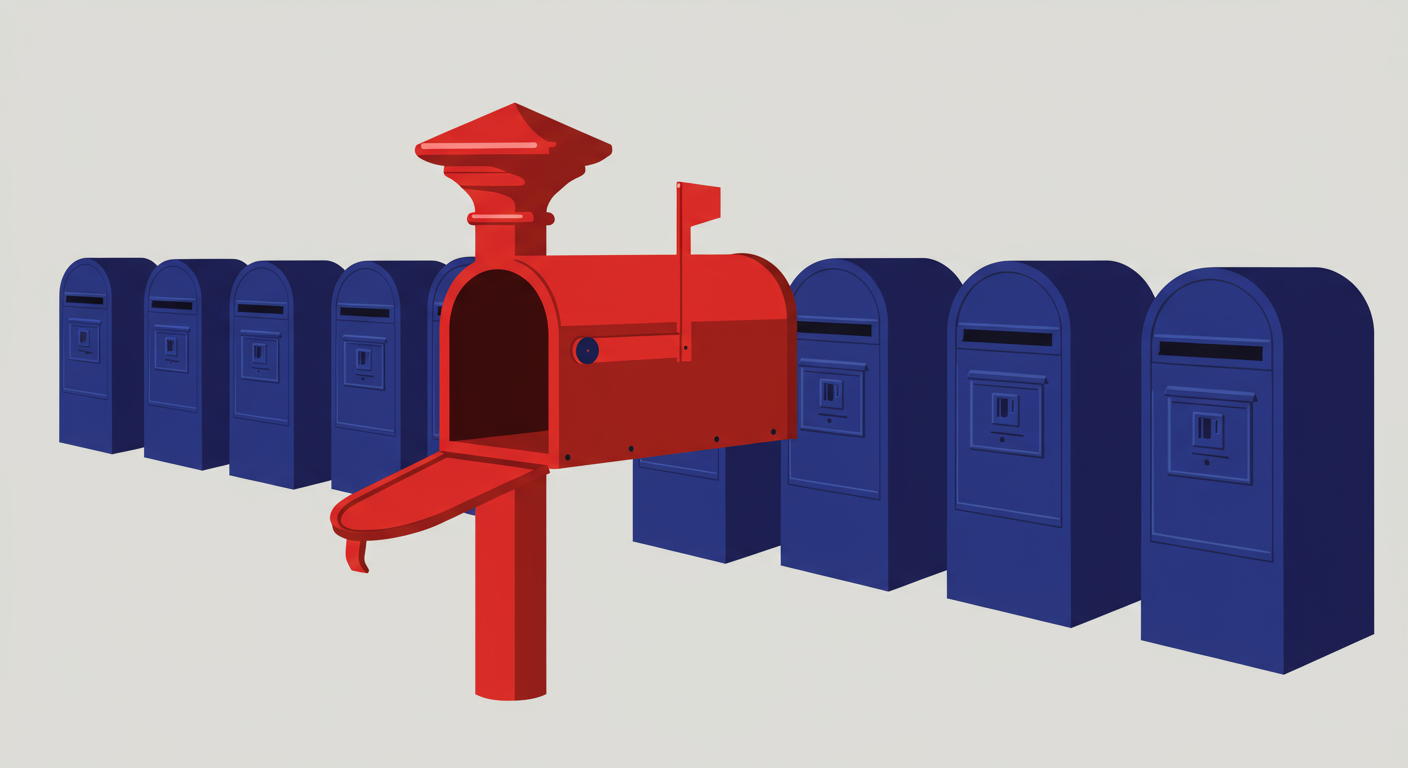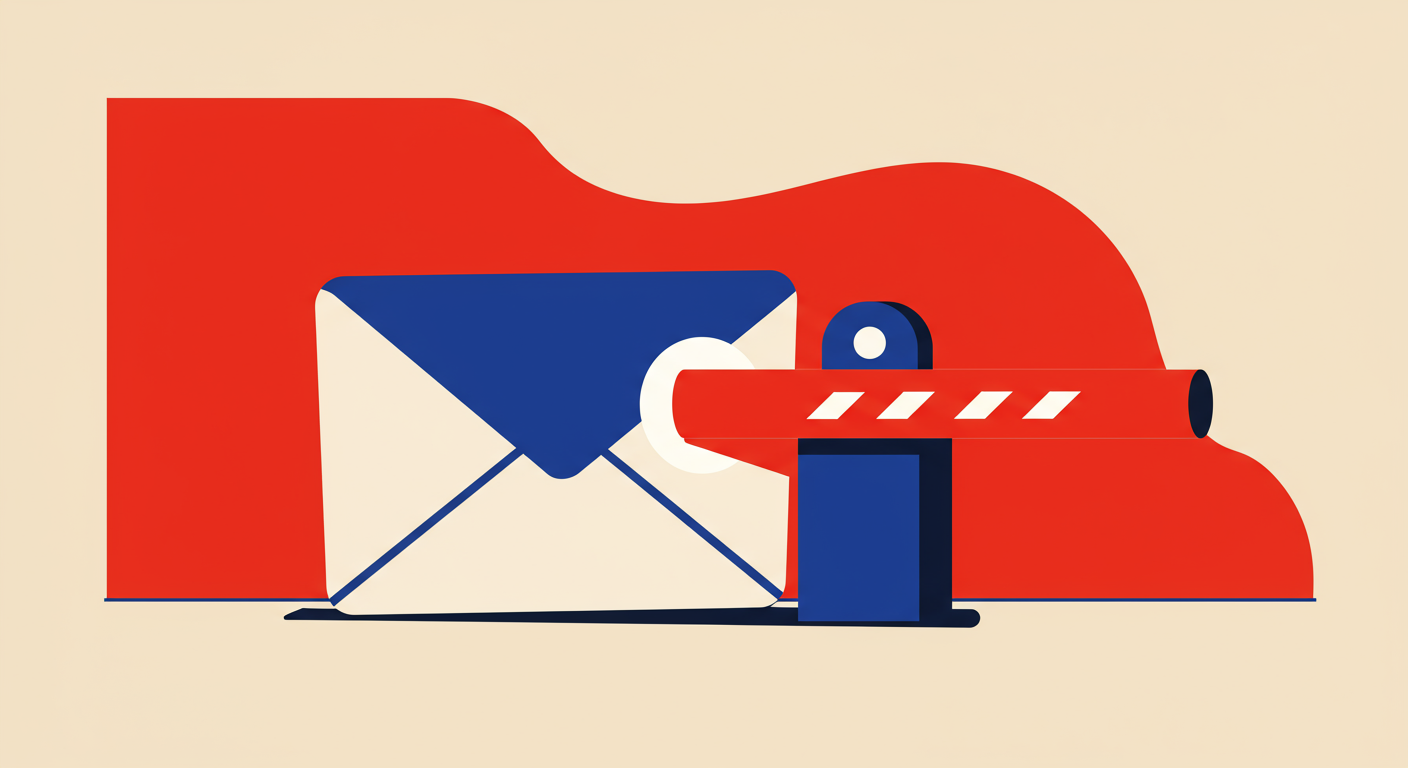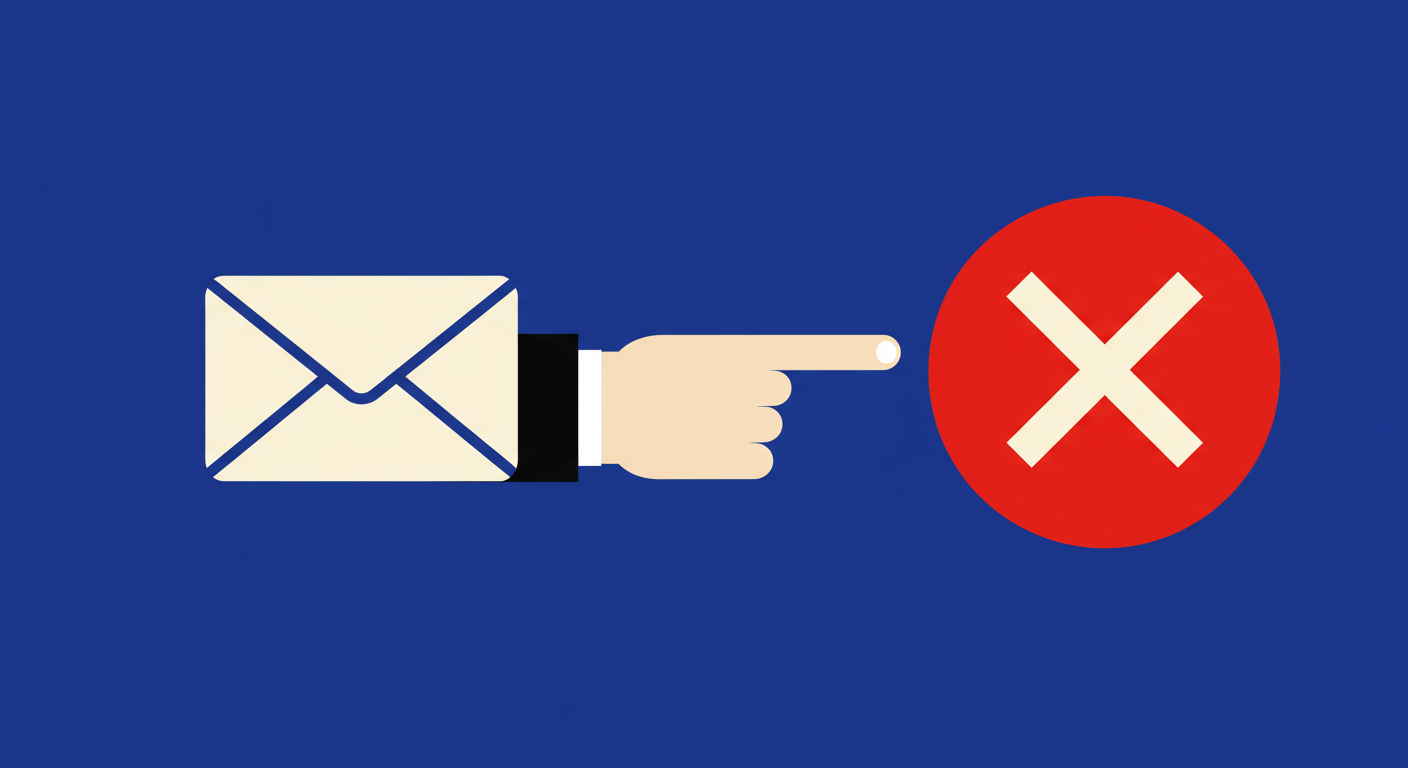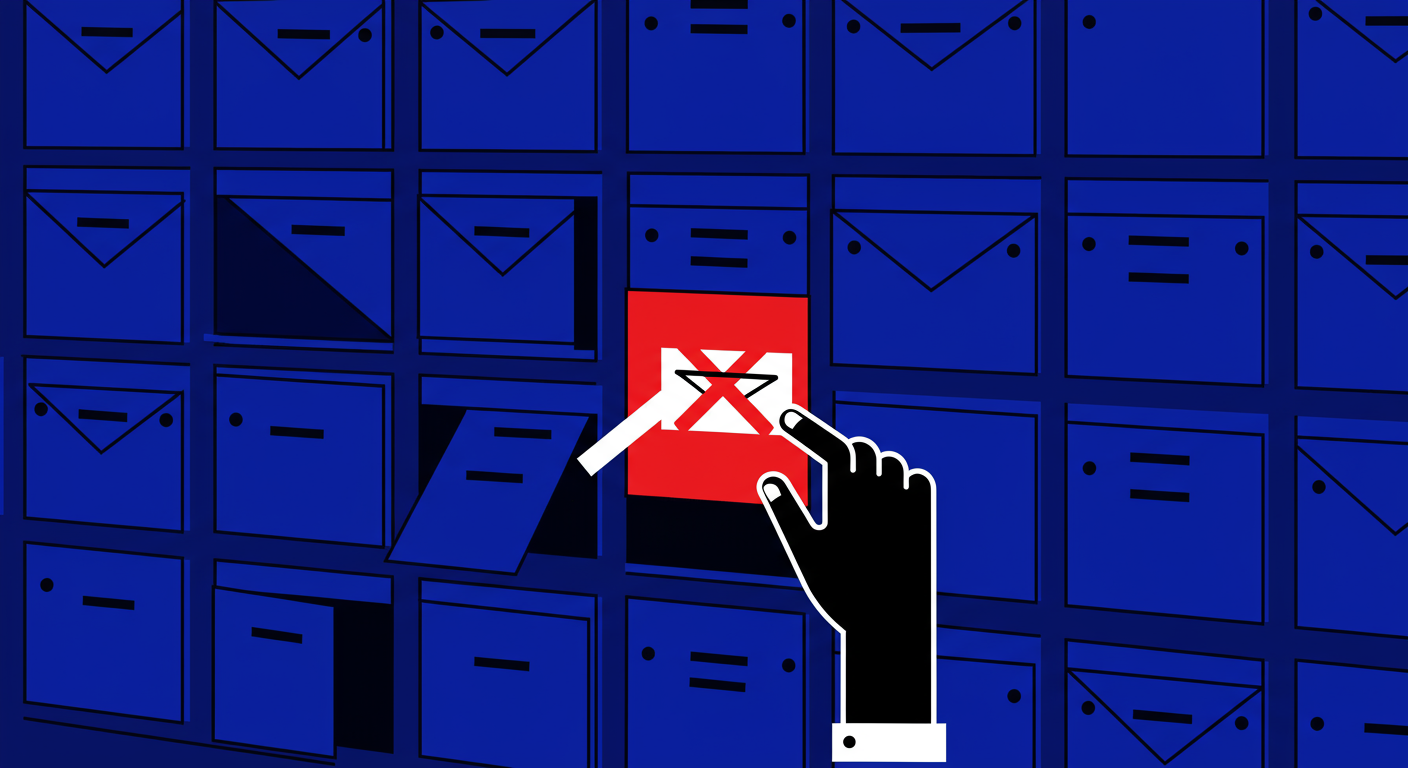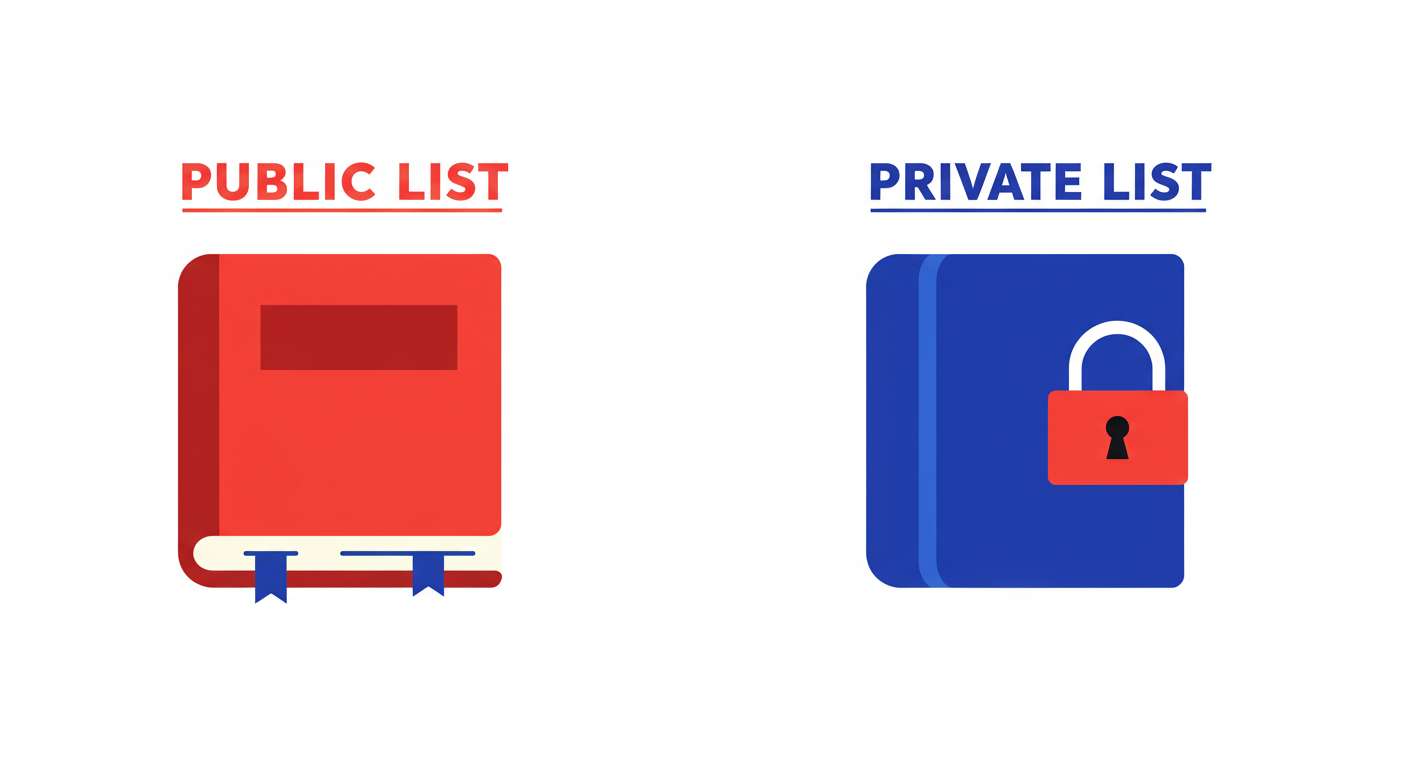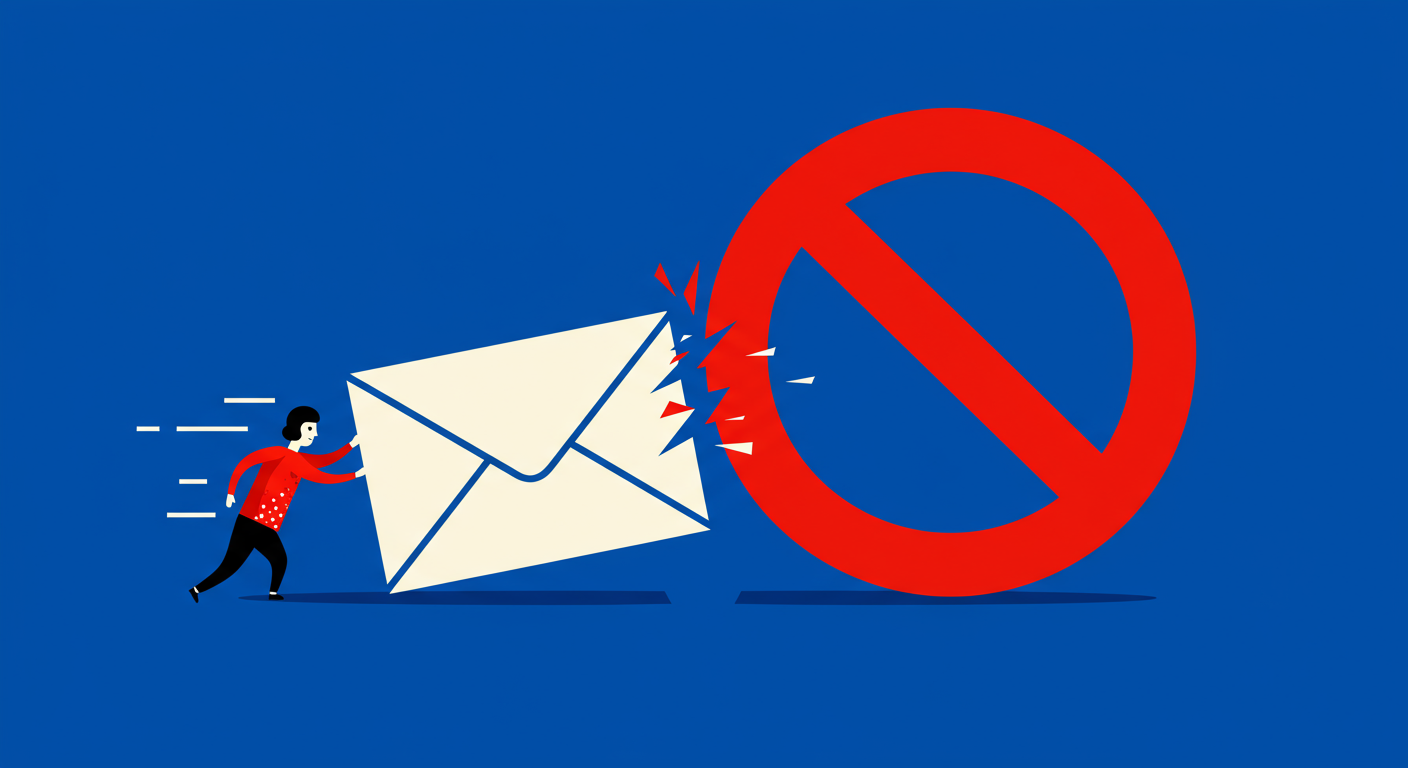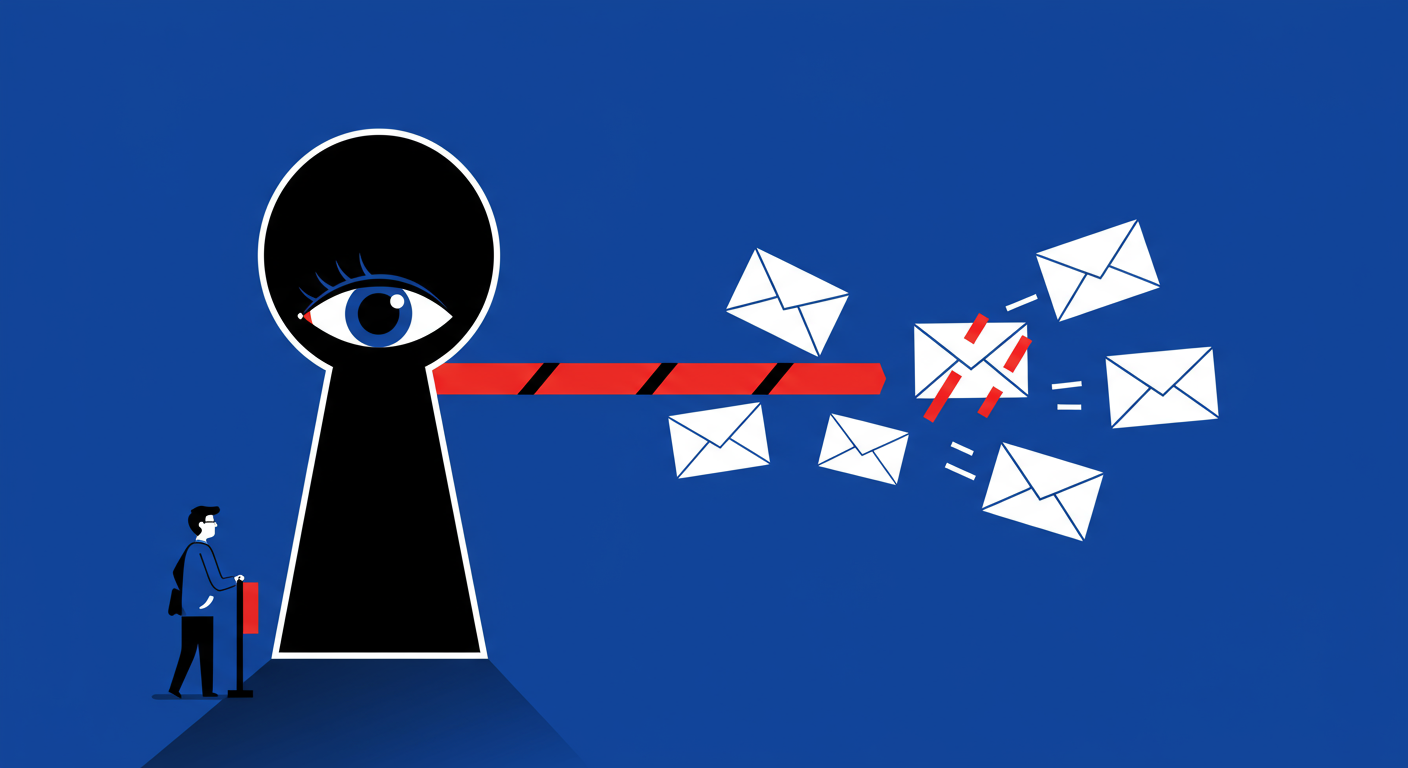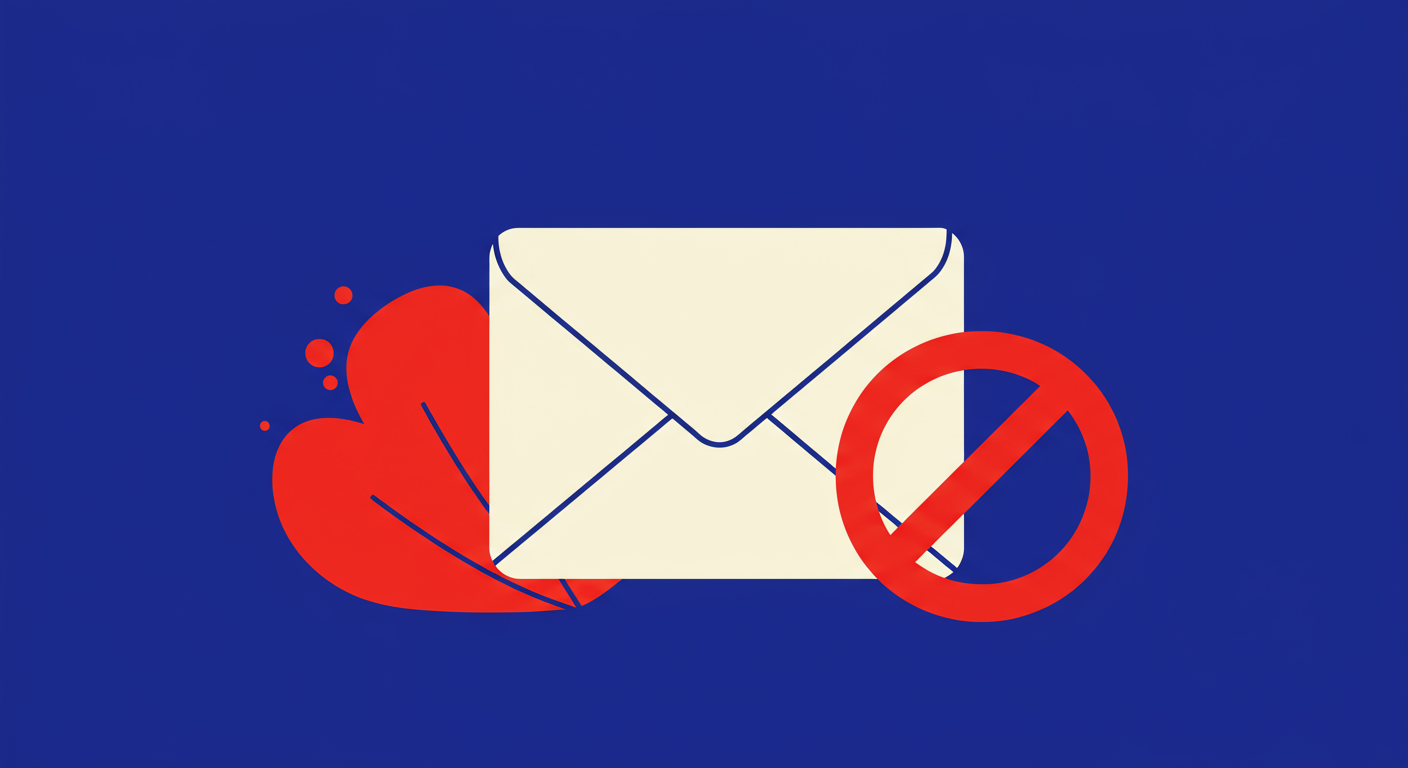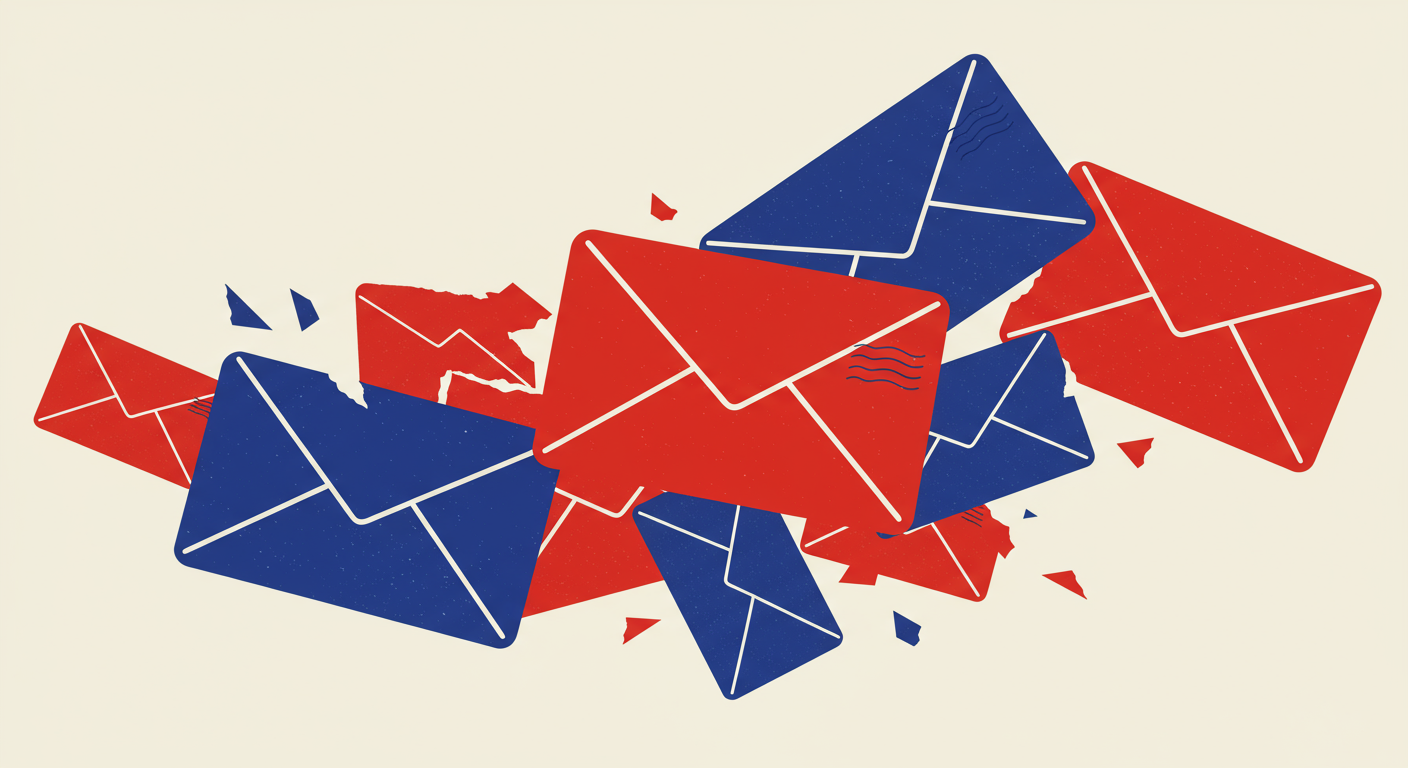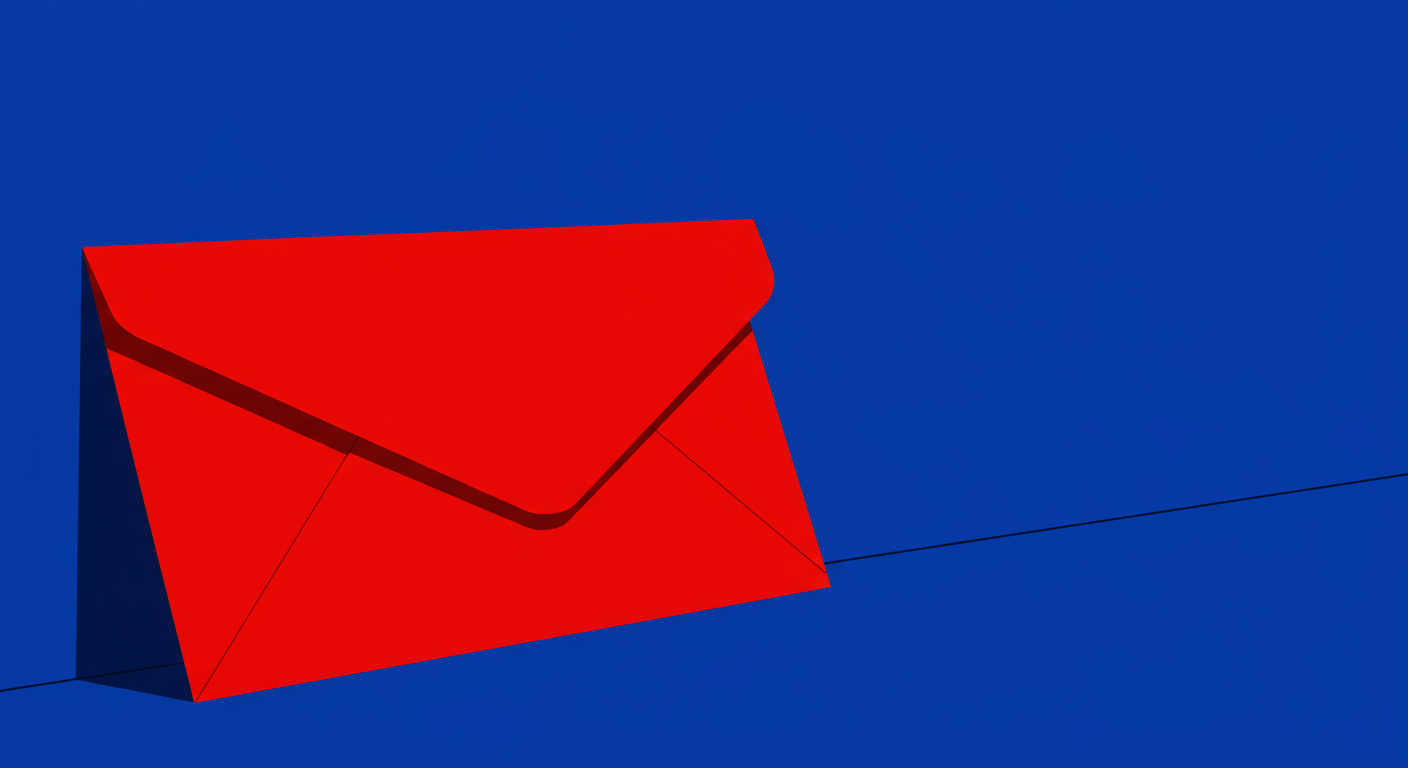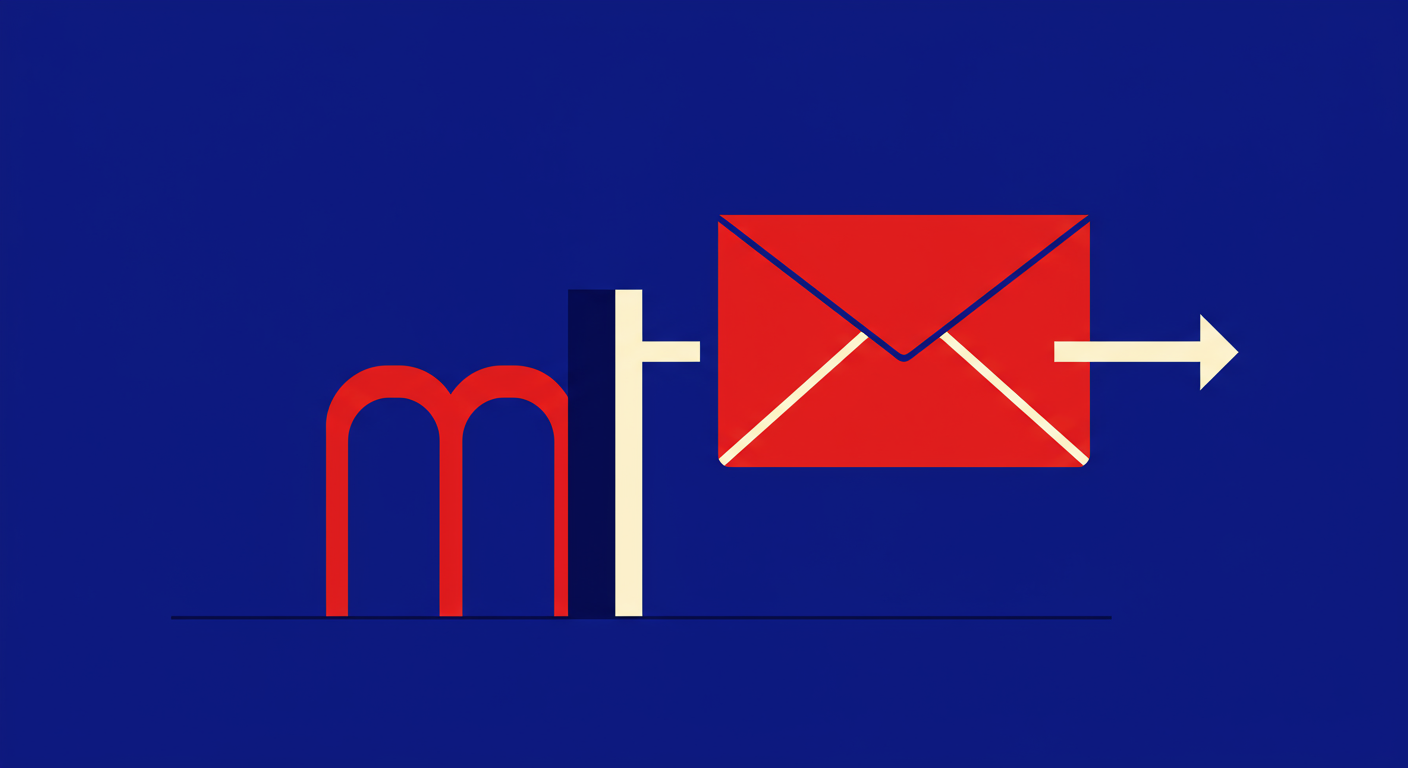 Spamhaus
Spamhaus 0Spam
0Spam Cisco
Cisco NoSolicitado
NoSolicitado URIBL
URIBL abuse.ro
abuse.ro ALPHANET
ALPHANET Anonmails
Anonmails Ascams
Ascams BLOCKEDSERVERS
BLOCKEDSERVERS Calivent Networks
Calivent Networks EFnet
EFnet
 JustSpam
JustSpam Kempt.net
Kempt.net
 NordSpam
NordSpam RV-SOFT Technology
RV-SOFT Technology
 Scientific Spam
Scientific Spam Spamikaze
Spamikaze SpamRATS
SpamRATS SPFBL
SPFBL Suomispam
Suomispam System 5 Hosting
System 5 Hosting Team Cymru
Team Cymru Validity
Validity www.blocklist.de Fail2Ban-Reporting Service
www.blocklist.de Fail2Ban-Reporting Service ZapBL
ZapBL 2stepback.dk
2stepback.dk Fayntic Services
Fayntic Services ORB UK
ORB UK technoirc.org
technoirc.org TechTheft
TechTheft Spamhaus
Spamhaus 0Spam
0Spam Cisco
Cisco NoSolicitado
NoSolicitado URIBL
URIBL abuse.ro
abuse.ro ALPHANET
ALPHANET Anonmails
Anonmails Ascams
Ascams BLOCKEDSERVERS
BLOCKEDSERVERS Calivent Networks
Calivent Networks EFnet
EFnet
 JustSpam
JustSpam Kempt.net
Kempt.net
 NordSpam
NordSpam RV-SOFT Technology
RV-SOFT Technology
 Scientific Spam
Scientific Spam Spamikaze
Spamikaze SpamRATS
SpamRATS SPFBL
SPFBL Suomispam
Suomispam System 5 Hosting
System 5 Hosting Team Cymru
Team Cymru Validity
Validity www.blocklist.de Fail2Ban-Reporting Service
www.blocklist.de Fail2Ban-Reporting Service ZapBL
ZapBL 2stepback.dk
2stepback.dk Fayntic Services
Fayntic Services ORB UK
ORB UK technoirc.org
technoirc.org TechTheft
TechTheft Spamhaus
Spamhaus 0Spam
0Spam Cisco
Cisco NoSolicitado
NoSolicitado URIBL
URIBL abuse.ro
abuse.ro ALPHANET
ALPHANET Anonmails
Anonmails Ascams
Ascams BLOCKEDSERVERS
BLOCKEDSERVERS Calivent Networks
Calivent Networks EFnet
EFnet
 JustSpam
JustSpam Kempt.net
Kempt.net
 NordSpam
NordSpam RV-SOFT Technology
RV-SOFT Technology
 Scientific Spam
Scientific Spam Spamikaze
Spamikaze SpamRATS
SpamRATS SPFBL
SPFBL Suomispam
Suomispam System 5 Hosting
System 5 Hosting Team Cymru
Team Cymru Validity
Validity www.blocklist.de Fail2Ban-Reporting Service
www.blocklist.de Fail2Ban-Reporting Service ZapBL
ZapBL 2stepback.dk
2stepback.dk Fayntic Services
Fayntic Services ORB UK
ORB UK technoirc.org
technoirc.org TechTheft
TechTheft Spamhaus
Spamhaus 0Spam
0Spam Cisco
Cisco NoSolicitado
NoSolicitado URIBL
URIBL abuse.ro
abuse.ro ALPHANET
ALPHANET Anonmails
Anonmails Ascams
Ascams BLOCKEDSERVERS
BLOCKEDSERVERS Calivent Networks
Calivent Networks EFnet
EFnet
 JustSpam
JustSpam Kempt.net
Kempt.net
 NordSpam
NordSpam RV-SOFT Technology
RV-SOFT Technology
 Scientific Spam
Scientific Spam Spamikaze
Spamikaze SpamRATS
SpamRATS SPFBL
SPFBL Suomispam
Suomispam System 5 Hosting
System 5 Hosting Team Cymru
Team Cymru Validity
Validity www.blocklist.de Fail2Ban-Reporting Service
www.blocklist.de Fail2Ban-Reporting Service ZapBL
ZapBL 2stepback.dk
2stepback.dk Fayntic Services
Fayntic Services ORB UK
ORB UK technoirc.org
technoirc.org TechTheft
TechTheft Spamhaus
Spamhaus 0Spam
0Spam Cisco
Cisco NoSolicitado
NoSolicitado URIBL
URIBL abuse.ro
abuse.ro ALPHANET
ALPHANET Anonmails
Anonmails Ascams
Ascams BLOCKEDSERVERS
BLOCKEDSERVERS Calivent Networks
Calivent Networks EFnet
EFnet
 JustSpam
JustSpam Kempt.net
Kempt.net
 NordSpam
NordSpam RV-SOFT Technology
RV-SOFT Technology
 Scientific Spam
Scientific Spam Spamikaze
Spamikaze SpamRATS
SpamRATS SPFBL
SPFBL Suomispam
Suomispam System 5 Hosting
System 5 Hosting Team Cymru
Team Cymru Validity
Validity www.blocklist.de Fail2Ban-Reporting Service
www.blocklist.de Fail2Ban-Reporting Service ZapBL
ZapBL 2stepback.dk
2stepback.dk Fayntic Services
Fayntic Services ORB UK
ORB UK technoirc.org
technoirc.org TechTheft
TechTheftWhat is Scientific Spam Blocklist (BL)?
The Scientific Spam Blocklist (BL) is a specialized DNSBL (DNS-based Blackhole List) that targets what it defines as "scientific" spam. This type of spam is often sent to individuals in academic and research fields, with email addresses frequently sourced from public databases like PubMed. Conventional blacklists often overlook this specific spam category due to its highly targeted nature and relatively low volume, which is the niche that Scientific Spam Blocklist (BL) aims to fill.
The blacklist operator's policy is to list spammers who send unsolicited bulk email with a scientific context to their spam traps and participating researchers. Listings on this blocklist are permanent and do not expire automatically; they are only removed through a manual delisting process. The blocklist does not list senders for common security issues like hacked accounts, open relays, or botnet activity, as it is not a generic spam blacklist.
Technical information
The blacklist operates two primary zones:
- IP address based zone (bl.scientificspam.net): Listed IP addresses will return a 127.0.0.2 response.
- Domain name based zone: Listed domains will return a 127.0.1.2 response.
Performing a TXT query on a listed IP or domain will provide a human-readable reason for the listing, which typically includes a tag identifying the spammer (if known), the subject line of the spam message, the sender's address, and the date of the listing.
Who runs Scientific Spam Blocklist (BL)?
Scientific Spam Blocklist (BL) is managed by a group of anonymous volunteers. The operators describe themselves as peers of those they target, such as scientific authors whose contact information is publicly available. They maintain their anonymity to avoid the harassment that operators of other DNSBLs have sometimes faced.
The project lacks a formal organizational structure and is run as a public service. The primary motivation is to protect their own email systems from scientific spam, but they make the data available for any mail server administrator who finds it useful. They acknowledge their niche focus and operate with the understanding that their success is measured by voluntary adoption from third parties.
How do I get removed and delisted from Scientific Spam Blocklist (BL)?
Before requesting removal, you must first confirm your listing using a DNS query tool like 'dig' or 'nslookup'. The blocklist does not provide a web-based lookup tool. To check an IP address (for example, a.b.c.d), you would look up d.c.b.a.bl.scientificspam.net. For a domain, you would look up the domain directly.
Once you have confirmed the listing and reviewed the reason via a TXT query, you can request delisting by sending an email to rocket.scientists@scientificspam.net. To ensure your request is processed, you must follow their guidelines:
- Write the email in plain text and preferably in English.
- Include the specific IP address or domain name that is listed.
- Provide a thorough explanation of how you have resolved the spam issue. Do not mention irrelevant fixes like antivirus software or implementing SPF/DKIM, as listings are not related to technical security flaws.
- Do not justify the spam or claim it is legal under regulations like CAN-SPAM.
- Ensure your own mail server is configured correctly to receive their response, as a conversation is often necessary.
Removal requests should not be made via website comments or social media. The process is handled exclusively through email to protect your privacy, in line with the DNSBL BCP (RFC 6471).
What's the impact of being listed on Scientific Spam Blocklist (BL)?
The impact of being listed on the Scientific Spam Blocklist (BL) is generally considered low. This blocklist (or blacklist) is highly specialized and is not used by major mailbox providers like Gmail or Microsoft. Its adoption is limited to a niche community, primarily universities, research institutions, and individual server administrators who are specifically targeted by scientific spam.
However, if your target audience includes academics, researchers, or scientific professionals, being on this blacklist could have a significant negative impact on your email deliverability to that specific sector. For senders outside of this niche, a listing is unlikely to cause widespread email delivery problems.
